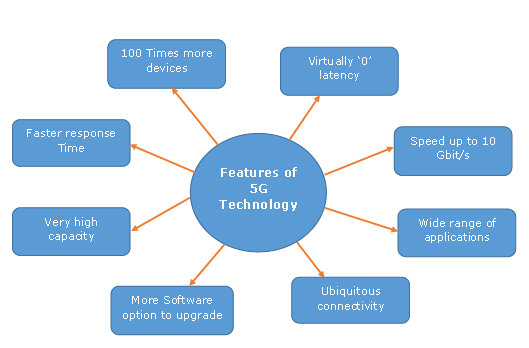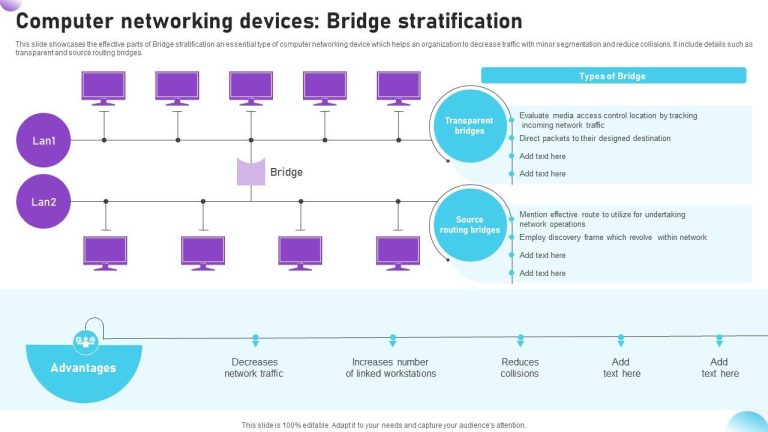5G IoT Project Ideas & Examples for Future Innovations
telcomatraining.com – The rise of 5G technology is poised to revolutionize the Internet of Things (IoT), enabling faster, more reliable, and more scalable connections for devices and systems. With its ultra-low latency and high-speed capabilities, 5G offers countless opportunities for IoT applications across various industries. In this article, we’ll explore some exciting 5G IoT project ideas and examples that could shape the future of innovation.
1. Smart Cities: Traffic Management Systems
One of the most impactful applications of 5G IoT is in the development of smart cities. By integrating IoT sensors into infrastructure such as traffic lights, roads, and vehicles, cities can improve traffic flow and reduce congestion. 5G’s low latency ensures real-time data transmission, allowing traffic management systems to adjust traffic signals dynamically, optimize routes, and even predict traffic patterns.
For example, connected vehicles equipped with IoT sensors can communicate with traffic lights and other vehicles to avoid collisions, reduce delays, and improve overall road safety. Smart cities will rely on the power of 5G to support the enormous volume of data from thousands of IoT devices while maintaining a seamless connection.
2. Healthcare: Remote Patient Monitoring
The healthcare industry stands to benefit greatly from the combination of 5G and IoT. With 5G’s ability to support real-time data transmission from a wide range of devices, remote patient monitoring becomes not only feasible but also more reliable. Medical devices such as wearables, heart rate monitors, and glucose sensors can transmit data to healthcare providers instantly, allowing for faster diagnosis and personalized treatment.
In addition, doctors and medical professionals can provide consultations through telemedicine applications without any delays in communication. This is especially valuable for patients in rural areas or those who have limited access to healthcare facilities.
3. Agriculture: Precision Farming
Precision farming is another area where 5G IoT can create significant improvements. With the help of IoT sensors, farmers can monitor soil moisture levels, weather patterns, crop health, and much more in real time. 5G enhances this system by enabling quick transmission of data from the farm to cloud servers, where it can be analyzed using artificial intelligence (AI) to provide actionable insights.
For instance, 5G IoT can enable automated irrigation systems that adjust water usage based on real-time data, reducing waste and ensuring crops receive the optimal amount of water. Similarly, drones can be deployed to monitor large agricultural areas, using IoT sensors to collect data that helps farmers improve yield predictions, pest control, and overall farm management.
4. Smart Homes: Automated Energy Management
The concept of smart homes has been gaining traction, and 5G IoT can take home automation to the next level. By connecting household devices such as smart thermostats, refrigerators, lighting, and security systems to a high-speed 5G network, homeowners can gain unprecedented control over their living spaces.
For example, smart thermostats can adjust the temperature based on the homeowner’s preferences and time of day, while 5G-enabled appliances can monitor and report energy usage. With real-time data, users can optimize energy consumption, leading to reduced costs and a smaller environmental footprint. Additionally, security systems can leverage 5G to instantly transmit data from cameras and sensors to users’ smartphones, enhancing safety and convenience.
5. Industrial Automation: Predictive Maintenance
5G IoT has the potential to revolutionize industries by improving the efficiency of manufacturing and supply chain processes. One of the most promising applications is predictive maintenance. By equipping machinery and equipment with IoT sensors, manufacturers can collect real-time data on performance metrics such as temperature, vibration, and wear and tear.
With the power of 5G, this data can be transmitted instantly to maintenance teams, enabling them to identify potential issues before they lead to equipment failure. This not only reduces downtime but also cuts maintenance costs and extends the lifespan of machinery. Predictive maintenance powered by 5G IoT can be implemented across a variety of sectors, including automotive, aerospace, and energy.
Conclusion
The fusion of 5G and IoT is set to drive major innovations in a wide range of industries. From smart cities to healthcare, agriculture, and industrial automation, the possibilities are vast. As 5G networks become more widespread, the potential for creating highly connected, intelligent environments will continue to grow.
By embracing 5G IoT technologies, businesses and communities can unlock new levels of efficiency, productivity, and sustainability. The projects and examples mentioned here represent just the tip of the iceberg. As the technology evolves, we can expect even more groundbreaking ideas to emerge, transforming the way we live and work.







